Origins and Construction of Ford City Mall
Ford City Mall started with a very different purpose from what it serves today. In 1942, as World War II raged on, the U.S. government needed a facility for manufacturing airplane engines. They chose a vast plot of land on Chicago's southwest side and quickly began construction.
Once completed, the plant was enormous - covering around 6 million square feet - and employed 17,000 workers. At the time, this kind of industrial expansion was common, as defense plants were essential to the war effort.
By October 1942, the first building, known as Building No. 1, was ready. Inside, workers began testing aircraft engines for the B-29 bombers, some of the most advanced aircraft of that era.
As more buildings were added, the facility continued to grow, housing about ten separate steel, concrete, and wood structures.
The largest of these, Building No. 4, stretched across 62 acres of reinforced concrete, and the plant was connected with a complex system of 7,000 miles of underground piping.
After World War II ended in 1945, the plant lost its purpose and became a massive but empty structure. The government tried to sell it, but there weren't any buyers at the time.
Things changed when the plant was briefly reactivated for automobile production - first by the Tucker Corporation and later by the Ford Motor Company.
The Korean War brought another wave of activity when the plant once again produced airplane engines, with Ford modernizing the facility and employing 12,000 people. Yet, by 1959, the plant had closed again, remaining a giant, vacant space on the southwest side of Chicago.
In 1961, Harry Chaddick, a developer with a vision, saw potential in the site. He and his partners purchased the massive property from the government and began turning it into something new: a shopping center.
Much of the original structure was demolished to make room for parking lots, while some buildings were remodeled to accommodate retail stores.
This redevelopment set the stage for what would become Ford City Mall, which officially opened its doors in 1965. Today, it remains a part of the retail landscape and one of the things to do in Chicago, Illinois.
The Evolution of Ford City Mall
After its grand opening in 1965, Ford City Mall became one of the largest retail centers in Chicago. Its location on the southwest side of the city, at 76th Street and Cicero Avenue, attracted both residents and visitors.
At first, the mall's layout was unique - it was divided into two distinct sections: an enclosed shopping mall and a strip mall.
These two parts were linked by an underground tunnel called "The Connection," a feature that stood out at the time.
The tunnel utilized the basement space left over from the original defense plant, creating a practical connection between the parking lots and retail areas.
Major retailers moved in early on. Wieboldt's, a well-known Chicago department store, became one of the mall's anchor tenants. On the other side of the mall, Turn Style also held a large space.
Over the years, these retail giants helped establish Ford City as a central shopping destination. However, as the retail industry began to change in the 1980s and 1990s, the mall adapted.
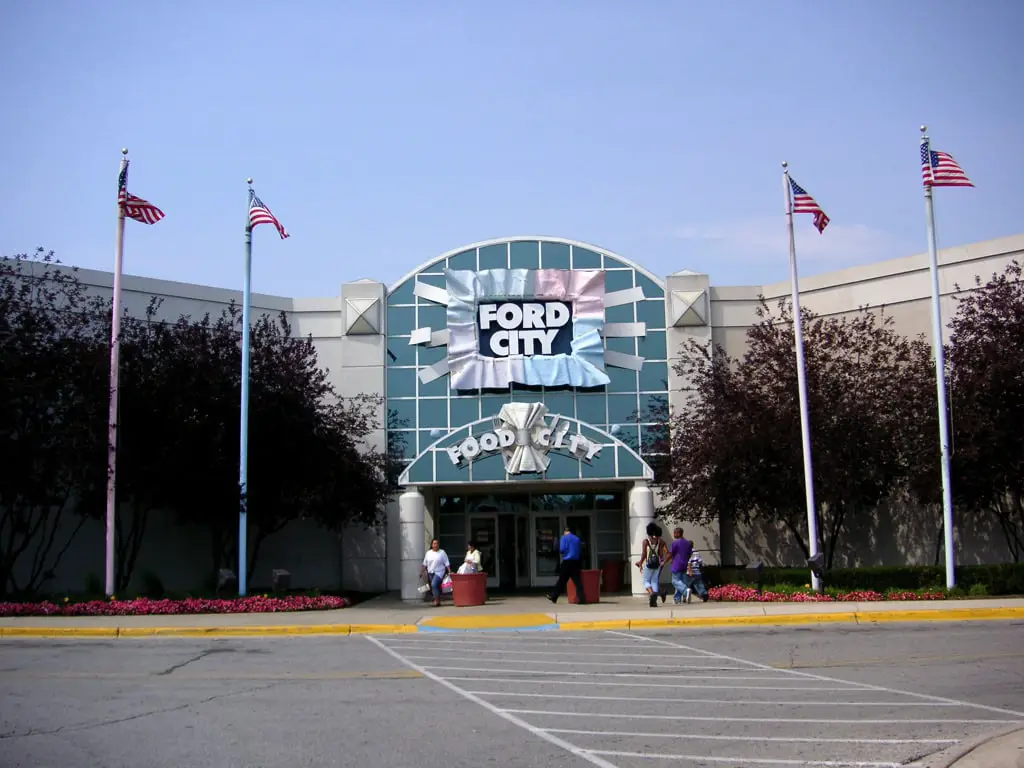
When Wieboldt's closed in 1987, Carson Pirie Scott took over the vacant space. Meanwhile, other retailers like JCPenney and Montgomery Ward also became key anchors, drawing steady traffic to the mall.
Despite its early success, Ford City Mall faced challenges as the retail landscape evolved. The rise of e-commerce and shifts in consumer shopping habits caused many brick-and-mortar stores to close across the country.
Some of Ford City's long-standing anchor tenants left or closed altogether. Sears, which had taken over the Turn Style space, shuttered its doors in 2010.
A few years later, in 2018, Carson's also closed as part of a larger bankruptcy that impacted stores nationwide.
By this time, JCPenney was the only remaining anchor, and parts of the mall began to feel the pressure of declining foot traffic and vacancies.
Challenges and Changes in the 21st Century
The early 2000s brought both difficulties and opportunities for Ford City Mall. Like many other retail spaces, it experienced financial setbacks after the economic downturn of 2008.
General Growth Properties, a company that managed Ford City for several years, struggled during this period. In 2008, they began to scale back, and by 2010, Ford City was no longer under their management.
Instead, the mall underwent a series of ownership changes, eventually landing in the hands of Namdar Realty Group, a company known for purchasing distressed shopping centers.
In 2009 and 2010, a multimillion-dollar capital redevelopment project began. This included resurfacing parking lots, updating infrastructure, and renovating the mall's appearance along Cicero Avenue. New stores moved in, bringing fresh energy to the space.
Ford City Mall underwent another renovation starting in 2016, aiming to modernize its interior and enhance the shopping experience.
The upgrades included new corridor seating, improved lighting, updated flooring throughout the mall, and a fully remodeled food court.
Both Carson's and JCPenney saw extensive renovations during this period. In September 2016, Five Below opened in the North Mall, marking the beginning of new retail additions.
By 2017, outparcel developments near the southern end introduced new tenants like Chipotle Mexican Grill and Mattress Firm, while a new CTA transit center improved accessibility. In August 2018, H&M also joined the lineup, further expanding the mall's retail offerings.
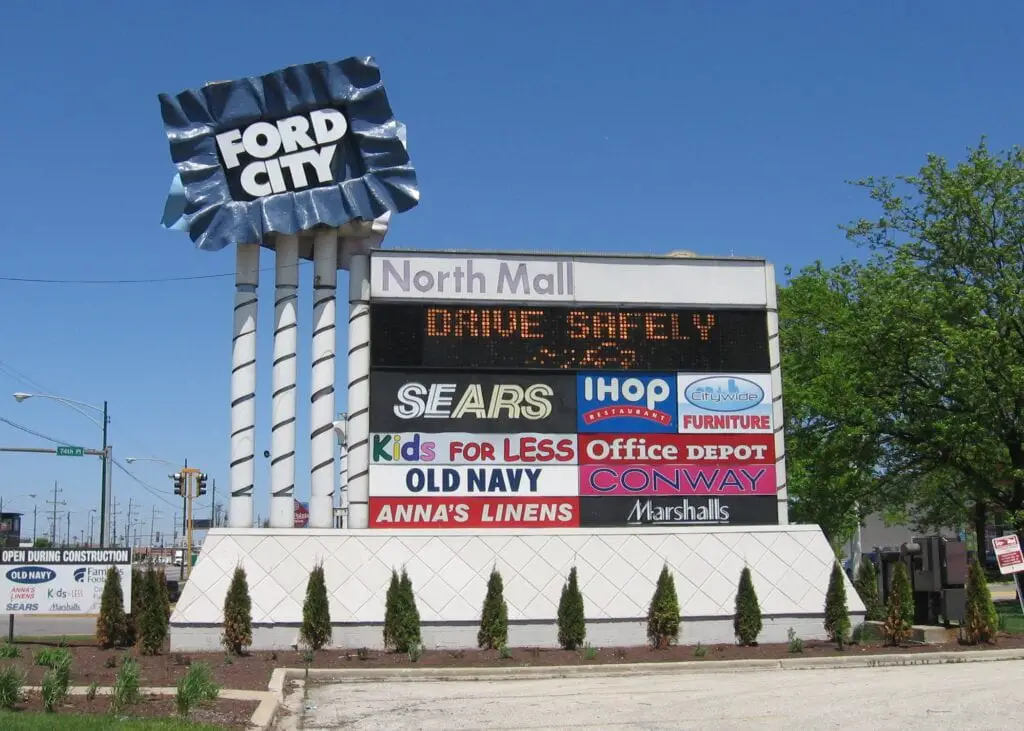
The Uncertain Future of Ford City Mall
As of 2024, Ford City Mall is struggling to stay relevant in a drastically changing retail landscape. With only about 60 tenants remaining out of its 135 stores, the mall is operating at less than half its capacity.
JCPenney remains the last major anchor, but even it faces uncertainty as the brand grapples with challenges nationwide.
The decline of Ford City Mall mirrors trends happening across the country, where traditional shopping malls have lost their draw due to the rise of e-commerce and changing consumer habits.
Adding to these challenges, concerns about crime in the area have made some potential shoppers reluctant to visit Ford City Mall.
Over the years, the surrounding West Lawn neighborhood has seen occasional spikes in incidents, ranging from thefts to violent altercations in and around the mall. Several reports of shootings in recent years have only heightened the mall's reputation as a less safe place to shop.
While the Chicago Police Department has increased patrols in the area, public perception of safety remains a key obstacle in attracting customers.

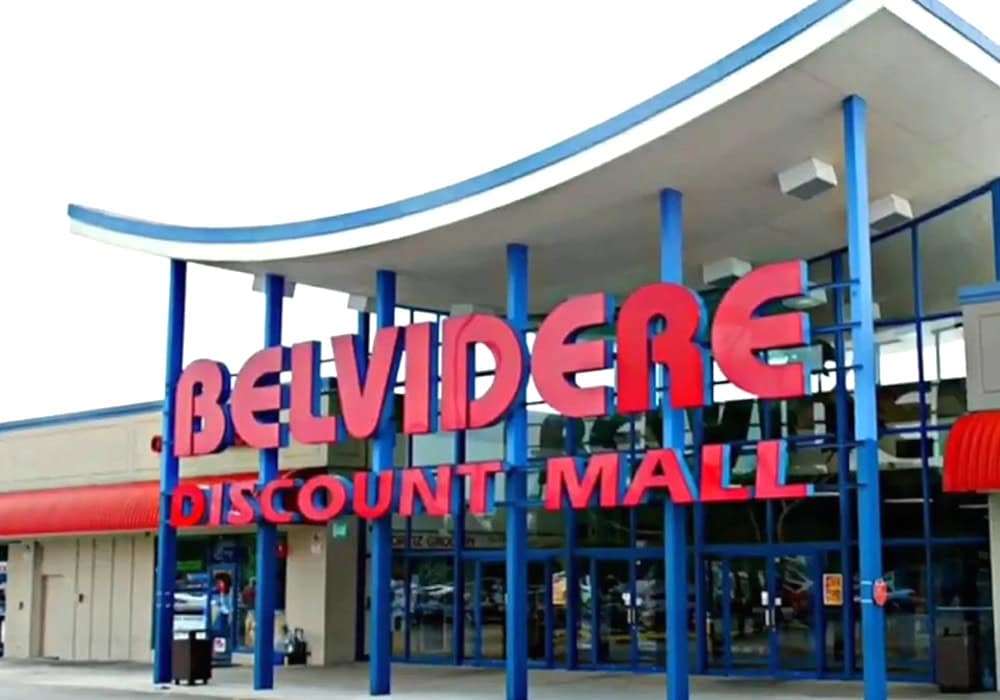
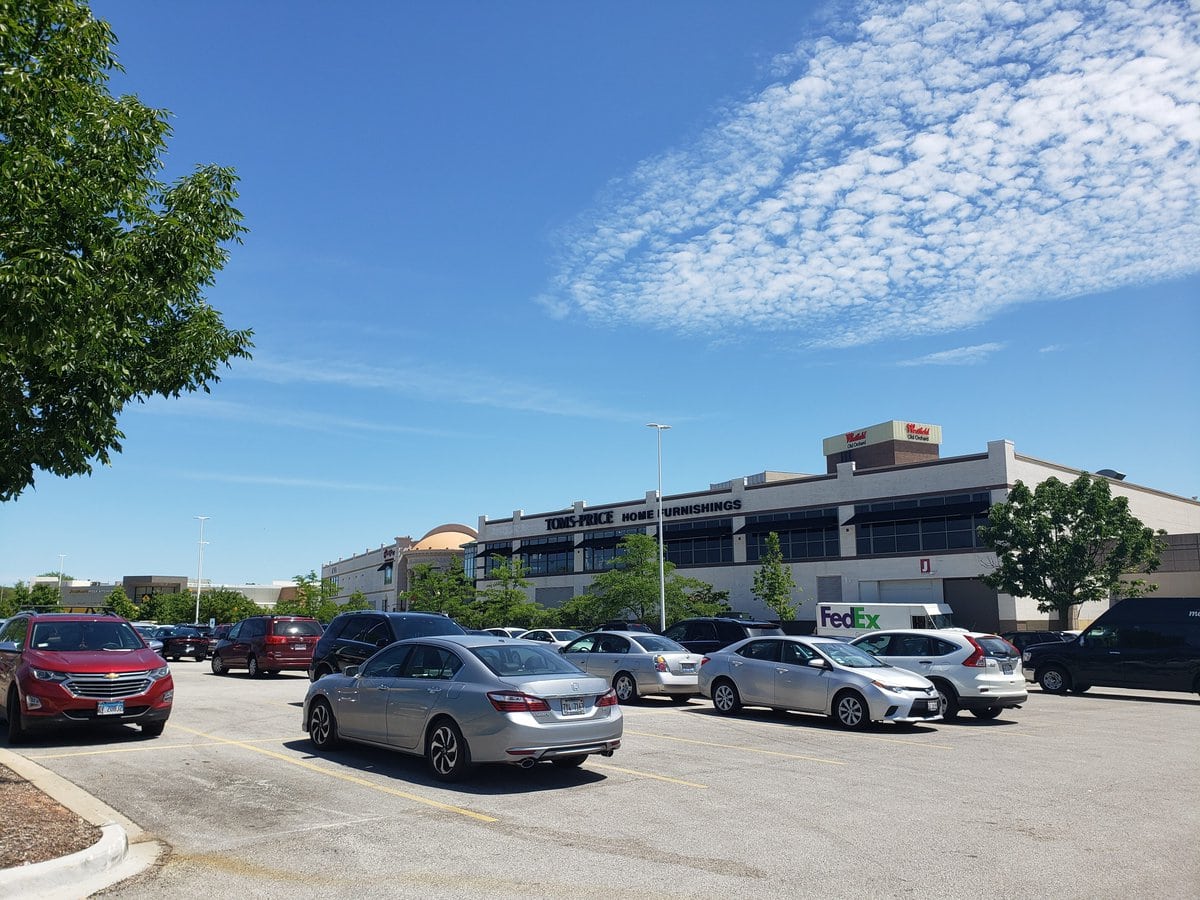
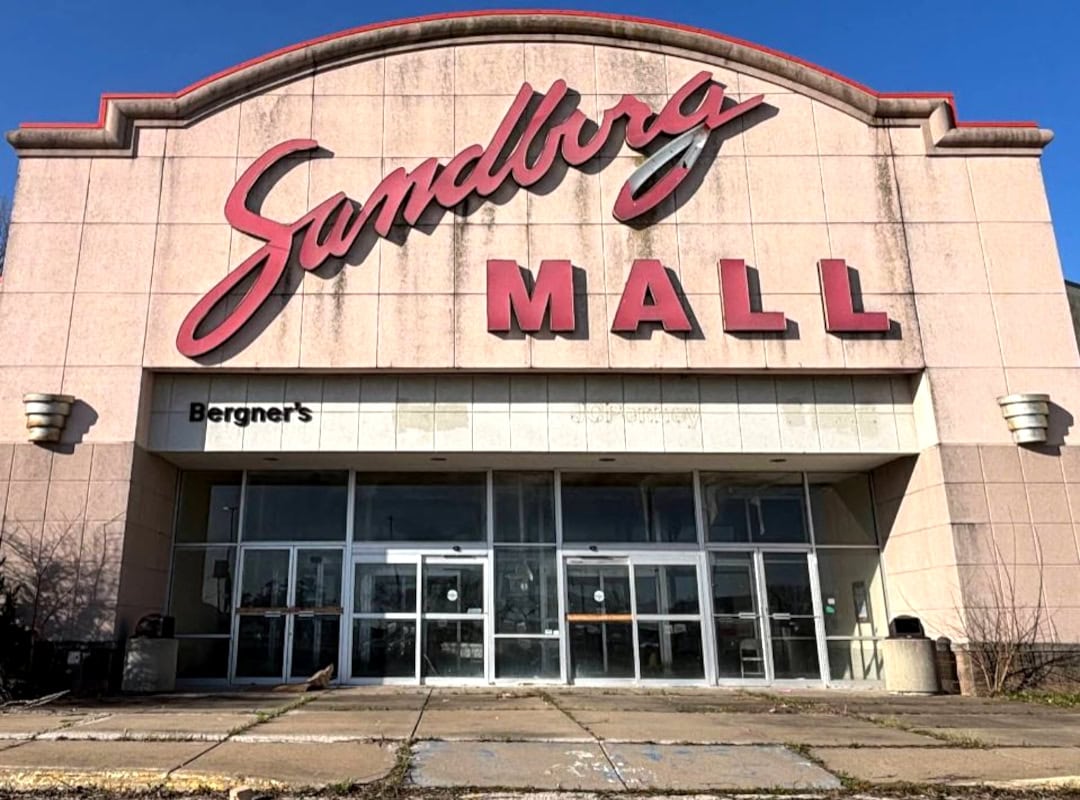
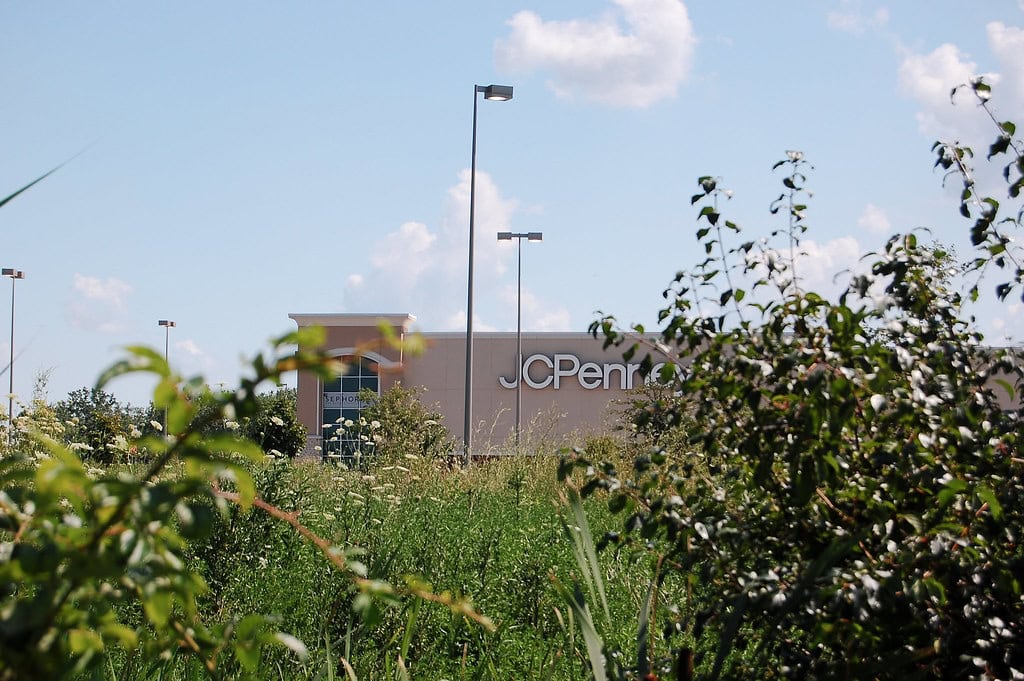
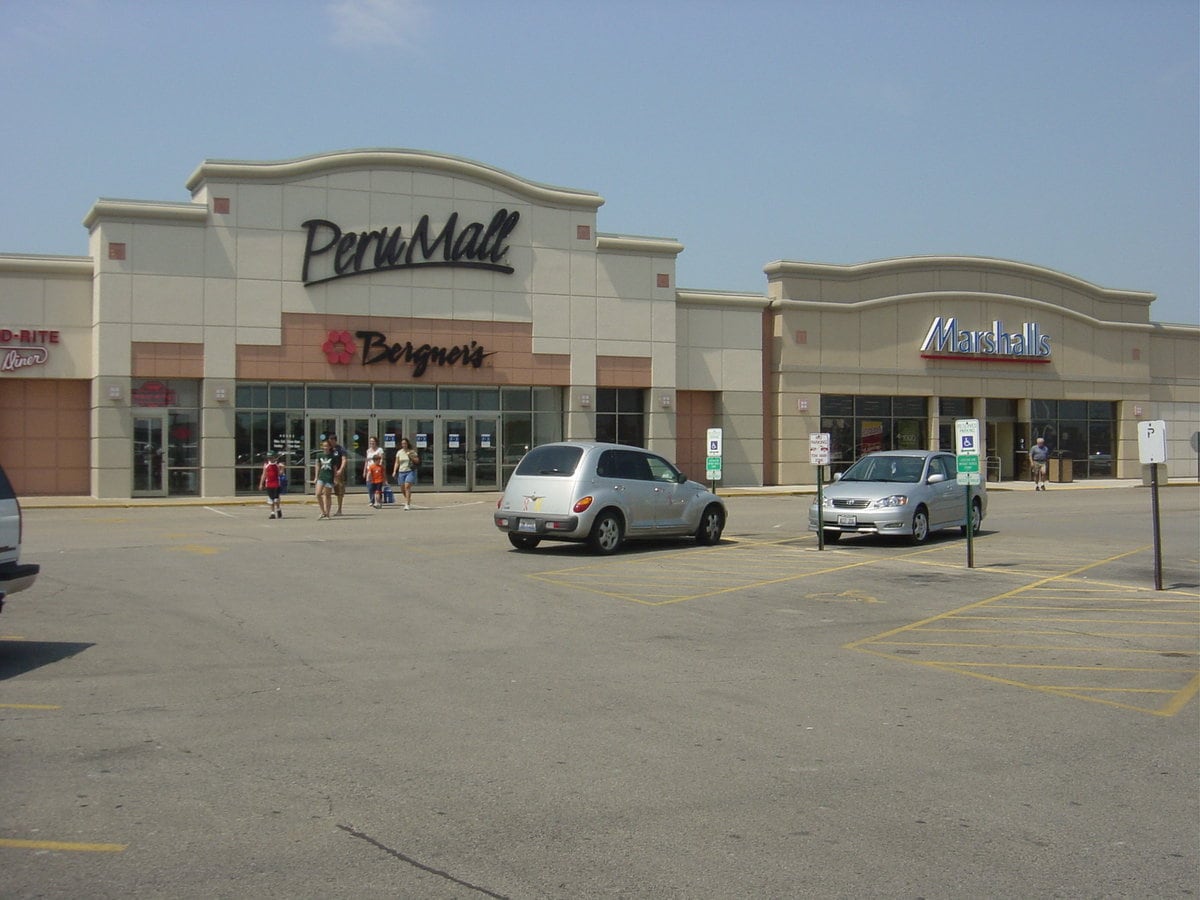
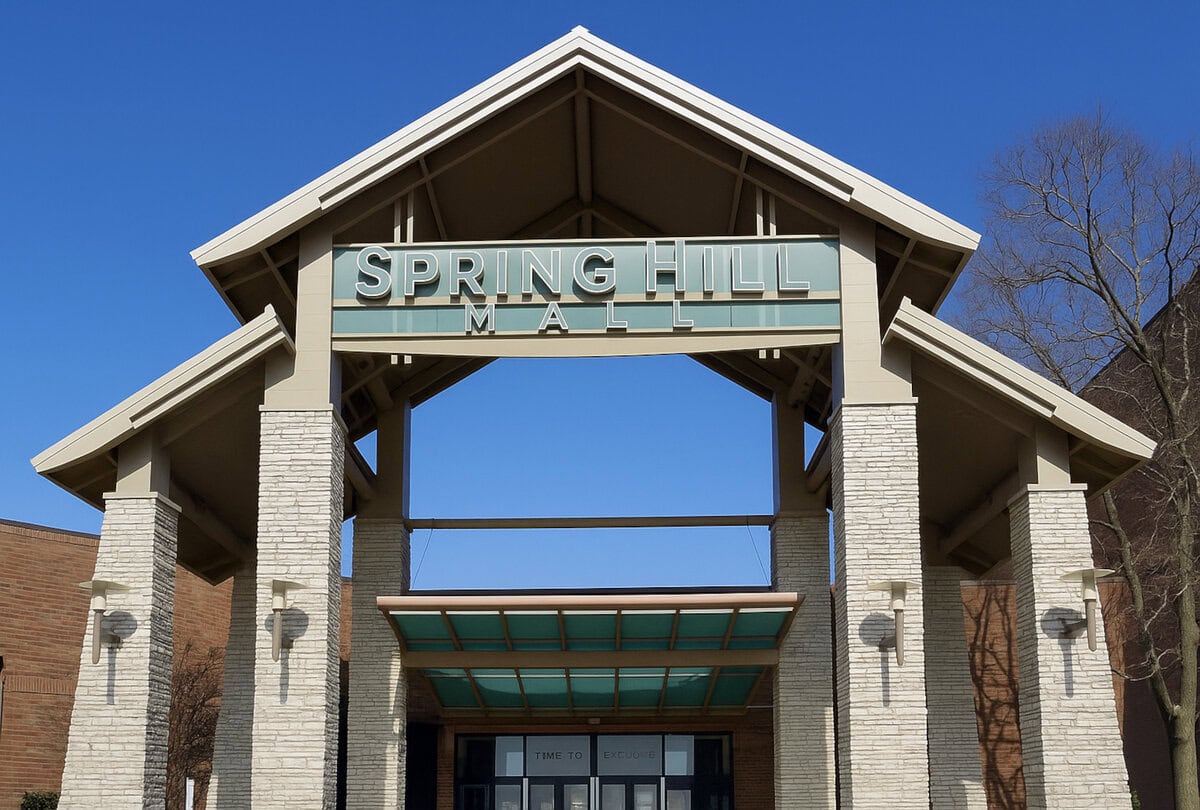



This place is a dump now. The parking lot looks like the west side of Chicago.
It’s sad to see it in that state, but hopefully, they can improve things over time. Maybe with some investment in the area, it’ll get back to what it once was. Thanks for sharing!
I grew up on the southside. Visiting Riverside Mall in Berwyn, Illinois. To see the spike with the cars stacked on top of each other like a skewer.
Ford City Mall was a special occasion. When my parents would take me. The colors and the banner like entrance making looking like an amusement park. It's a shame how now and days. It has become a dead zone. The once giant of American like Mall. Has turned dormant and cold. I hope it finds a way to maintain its glow.
Thank you for sharing your memories! It’s great to hear how special Ford City Mall was for you. I agree, it’s sad to see it lose some of that energy, but I also hope something can bring it back to life.